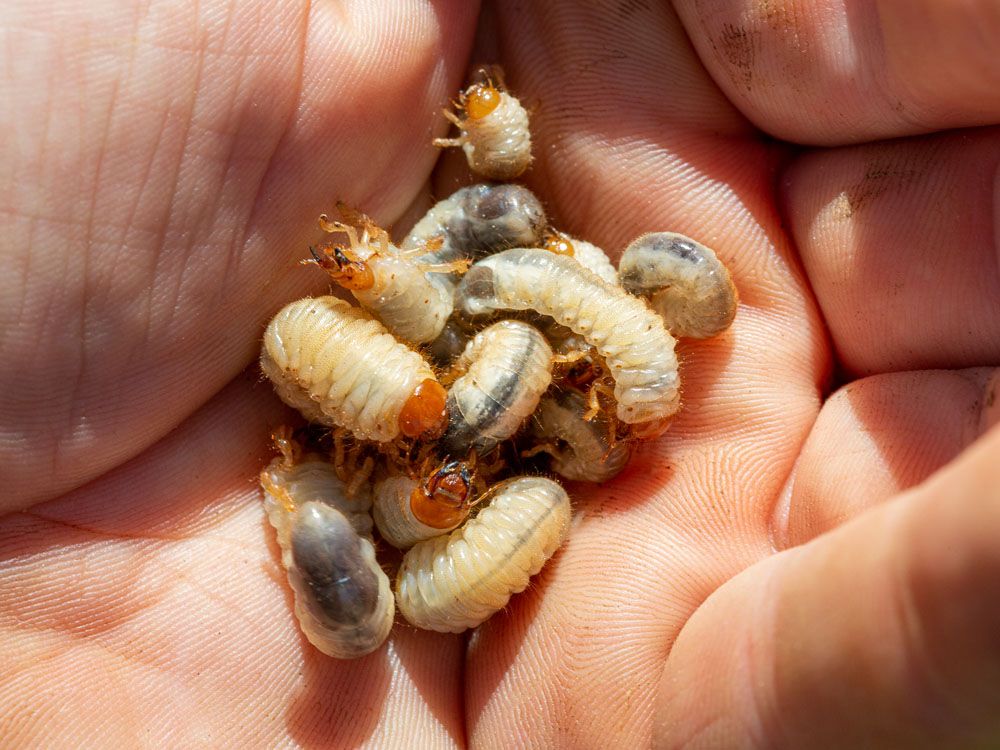
Scarab Beetles – Grubs – Scarabaeidae family
Scarab Beetles/Grubs (Scarabaeidae family)
Common Name: Scarab Beetles/Grubs Beetles
Latin Name: Scarabaeidae family
Appearance:
Many scarab beetle species are regarded as damaging turf and garden pests. May and June’s beetles are large, heavy-bodied insects that can exceed one inch in length. Many beetle species in the scarab beetle family are damaging turf and garden pests. This includes damaging invasive pests like European chafers and Japanese beetles, as well as dozens of species known as May and June in the region.
- Some scarab beetles destroy plant leaves, flowers, and fruits as adults; as immature larvae, they harm turf grasses and other plants.
- Common May and June beetle larvae are creamy white, brown-headed grubs that can grow 1 1/2 inches long.
- The six-legged larvae coil into “C” shapes when disturbed, like other white grubs.
- They are red-brown to practically black, with some species displaying metallic green or copper.
- Scarab beetles, in their mature form, cause harm to plant leaves, flowers, and fruits.
